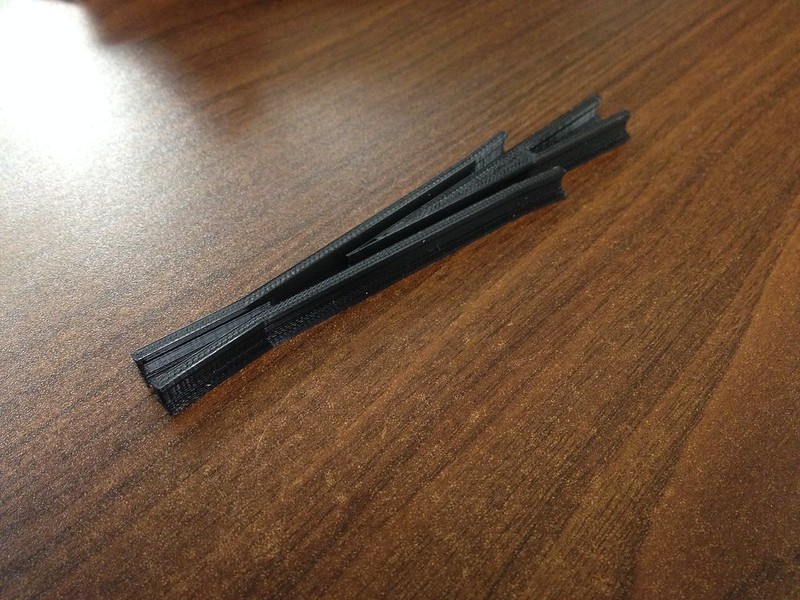Steve Featherkile said:
Devon, I think that you will regret this decision. Toy turnouts take up more room in the long run, and they will give you more problems with derailments. But, its your railroad.
OK Steve, I will do it prototypical. I really do want to make it the best I can make it. Actually as I look at my track plan I will be able to do it relatively easily anyway. So this brings up a new question, What is the shortest/ lowest number switch that is practical. Because of this conversation and the conversation about making elevation I have re-examined my layout plan. All of my switches save one can come straight in and straight out, the only exception would be a true Wye. 4 of them will be a double crossing. Two of them are on straights that simply diverge into parallel tracks. One would need to continue straight onto the siding and the diverging track will almost immediately head into a 10’ dia. curve.
My plan is to have at least 9" center to center separation on straight parallel track (that’s a whole other debate, is that a reasonable separation for 1:20.3 on straights). If that is reasonable then what is the shortest switch one can use to make this double cross happen? The two simple diverging tracks can be longer so what is a good reasonable # switch for these? Then the third switch I want the main to be the diverging track and diving that into a 10 foot curve what switch can I get away with here? How long does the diverging track have to run straight out of the frog before I can begin the curve? Or begin to make the curve back to parallel?
Whew. Whats scary is I said all that and actually understood what I was asking. Its sinking in.


